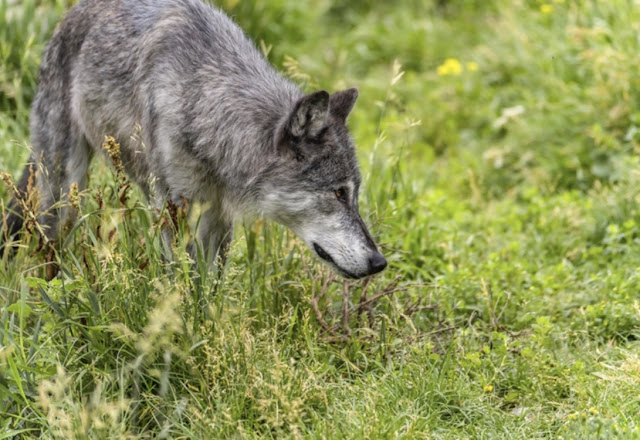There are more wild animals per square metre in Yellowstone National Park than anywhere else in the contiguous United States. Here are just a few examples of the magnificent wildlife found in this Serengeti of North America.
Elk, the largest deer, are extremely common in the park, and most visitors end up seeing quite a few of the 10,000 – 20,000 individuals that make Yellowstone home. Elk are also known as ‘wapiti’, meaning ‘white rump’ in Cherokee, for the white fur they have around their tail area. The bulls are famous for their magnificent antlers, which they use to fight each other, jousting for the affections of a doe.
American Bison are probably the most iconic animals of Yellowstone, and they have lived here continuously for as long as history can remember. Bison are family-oriented, and when the herd is threatened, the largest and strongest members will form a defensive circle around the young and vulnerable, resembling the wagon circles of American pioneers.
The most common predators of bison are the gray wolf packs, which were reintroduced into Yellowstone after 1995. They are best viewed in winter, where the pack stalks through the soft snowdrifts, searching the bare earth for food.
Another
large predator found here is the black bear.
Smaller and more docile than its cousin, the grizzly, it is still best
avoided, and hikers should take extra care to bear-proof their supplies as
these curious and ever-hungry animals have a sense of smell about 7x better
than a bloodhounds, so they’ll always know if you’re hiding something
tasty! Black bears are also famously good climbers and use
their curved claws to grip onto tree bark and can give birth while asleep.
A
final animal I’ll mention is the ferocious wolverine. This relatively small mustelid, a close-ish
relative of the weasel, is not to be underestimated and is famous for bringing
down prey far, far bigger than itself.










.webp)


No comments:
Post a Comment
It's so good to see you here . . .